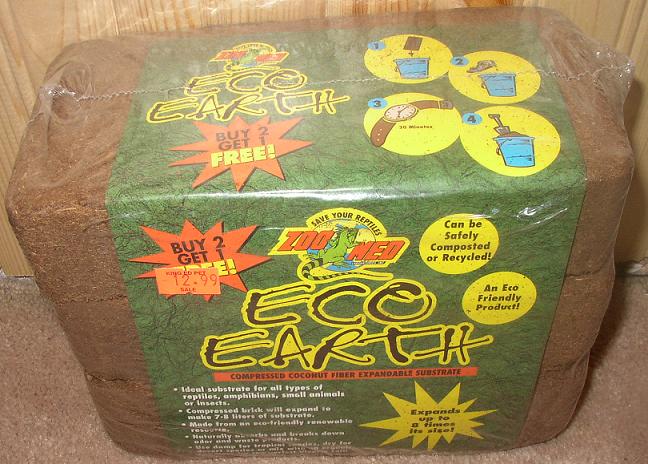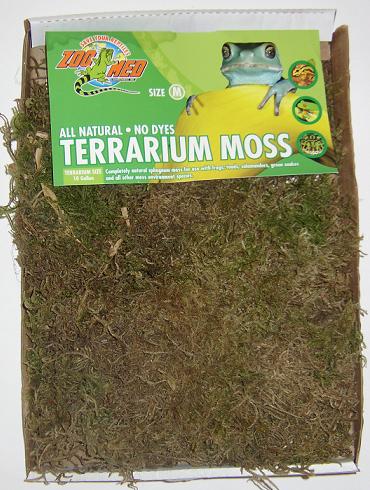|
 Millipedes Millipedes
 Introduction:
Introduction:
These creatures love to eat just about any vegetation,
especially rotting vegetables. If it does release
it's ink-like toxins on you, put the millipede back
in its cage, and wash your hands with soap. It's
very possible that the color won't wash away, because
it's like a permanent marker, going away after a
few days. Millipedes also like dead brown leaves
(from oak, beech, apple and sycamore trees). They
like to climb but cannot get a grip on a smooth
surface such as glass or plastic. Extra protein
is needed so provide Bug Food Pellets or sprinkle
some reptile calcium on the fruits. To find the
number of legs on your millipede, count the body
segments, multiply by 4. As they grow they add more
segments. Rubbing alcohol and petroleum jelly does
not seem to harm the millipede, as long as it does
not penetrate the millipedes' breathing pores, on
the side of their body.
Housing:
Millipedes should be housed in atleast a 5- 10
gallon tank depending on their size, with 2-3 inches
of a substrate. Eco Earth is the most commonly used
substrate, due to the fact that it is 100% clean
anf ree of bugs. Eco Earth is made out of coconut
fiber. They need to drink water very often so provide
a small water bowl with a sponge inside to prevent
them from drowning. They do well at a room temperature
that is comfortably warm in the day and cooler at
night. Avoid putting the cage on a windowsill as
the millipedes may overheat in the summer and get
too cold in the winter, which can prevent them from
breeding.
Equipment:
Atleast a 5- 10 gallon tank.
Temperatures and Humidity:
60-85°F, if lower they tend to go to a brumation-like stage.
Recommended Substrates:
Lots of different substrates can be used, like Soil,

Eco Earth,

Terrarium moss, etc. The millipedes will slowly eat the moss. So, it will have to be replaced every once in awhile.
Breeding
Your Millipedes:
They lay their eggs in their own defecation. So,
if you're planning on breeding them, don't clean
your cage as often. You will lose your eggs, or
possibly even newborn babies, without even knowing
it. Newly hatched babies are very tiny, and it will
take a long time for them to grow up large, like
their parents.
If your Millipedes are not breeding, consider
the following:
They were not kept warm enaph, and are now in a
brumation like stage;
They are lacking calcium so not enaph for their
eggs;
The substrate is not deep enaph;
The substrate does not contain any foliage (for
best results mix in some Oak leafs);
The substrate is either too moist or too dry.
|